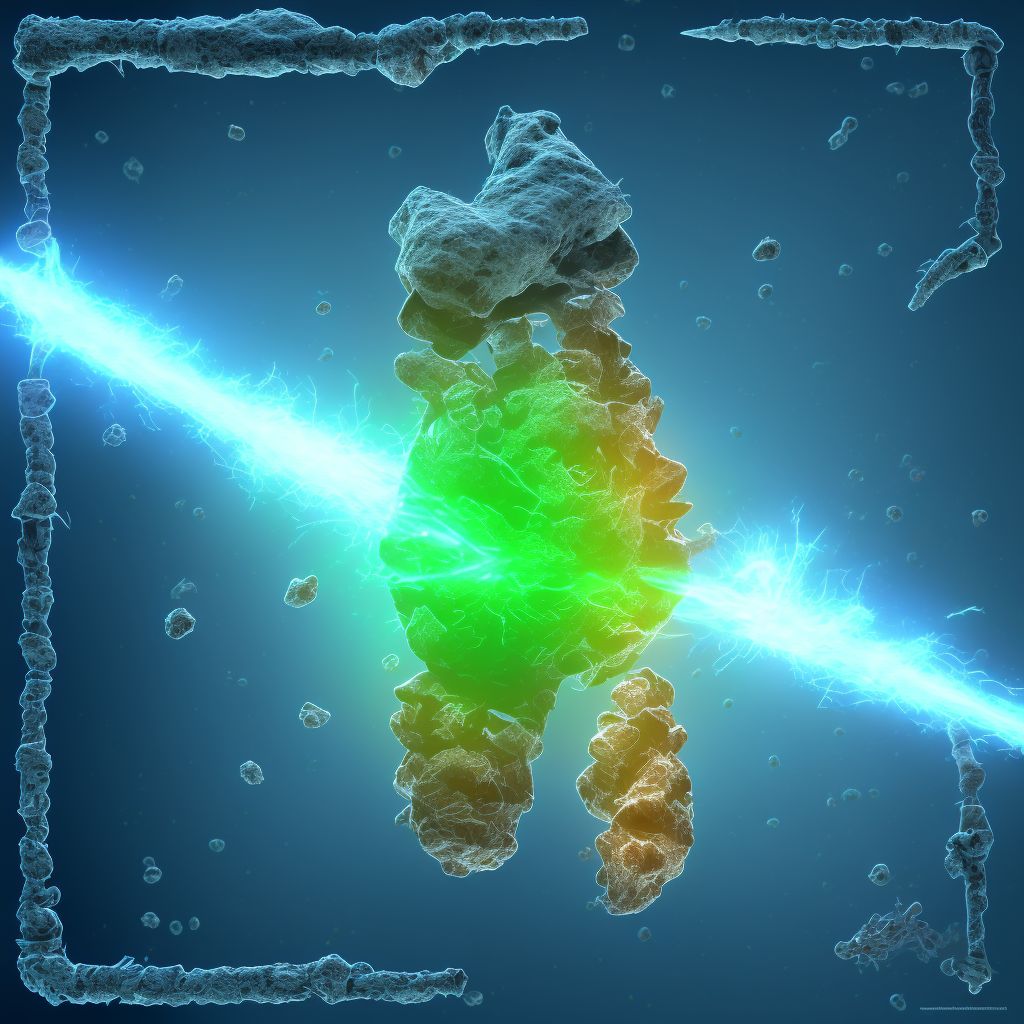
Nondisplaced comminuted fracture of shaft of left tibia, subsequent encounter for open fracture type I or II with malunion Save
ICD-10 code: S82.255Q
Disease category: S82.255: Nondisplaced comminuted fracture of shaft of left tibia
Nondisplaced Comminuted Fracture of Shaft of Left Tibia: Understanding Open Fracture Type I or II with Malunion
A nondisplaced comminuted fracture of the shaft of the left tibia can be a complex condition that requires proper understanding and treatment. In some cases, this fracture may result in an open fracture type I or II with malunion. Here, we will explore the key aspects of this condition, its causes, diagnosis, and potential complications.
- Causes: Nondisplaced comminuted fractures of the shaft of the left tibia can occur due to various reasons, such as high-energy trauma, sports-related injuries, or accidents. The fracture may involve multiple bone fragments, making it comminuted.
- Diagnosis: When diagnosing this condition, healthcare professionals use X-rays, CT scans, and physical examinations to evaluate the extent and severity of the fracture. These imaging techniques help determine if the fracture is nondisplaced and comminuted.
- Open Fracture Type I or II: In some instances, the nondisplaced comminuted fracture of the left tibia can result in an open fracture type I or II. An open fracture occurs when the bone breaks through the skin. Open fracture type I involves a small, clean wound, while open fracture type II involves a larger wound with soft tissue damage.
- Malunion: Malunion refers to the improper healing of a fracture, resulting in misalignment or angulation of the bone. In the case of a nondisplaced comminuted fracture of the left tibia, malunion may occur during the healing process, leading to an abnormal position or shape of the bone.
It's important to note that prompt medical attention is crucial for this condition. If left untreated, complications such as infection, delayed healing, nonunion, or chronic pain may arise. Therefore, seeking professional medical advice is highly recommended.
In conclusion, a nondisplaced comminuted fracture of the shaft of the left tibia can lead to an open fracture type I or II with malunion. Understanding the causes, diagnosing the condition, and addressing it promptly can help prevent potential complications. If you or someone you know experiences such a fracture, consult a healthcare professional for appropriate treatment options.
Treatment of Nondisplaced comminuted fracture of shaft of left tibia, subsequent encounter for open fracture type I or II with malunion:
Treatment Options for Nondisplaced Comminuted Fracture of the Shaft of Left Tibia
A nondisplaced comminuted fracture of the shaft of the left tibia, subsequent encounter for open fracture type I or II with malunion, is a complex injury that requires appropriate treatment for optimal recovery. In this article, we will discuss several treatment options available for this condition.
To see full information about treatment please Sign up or Log in